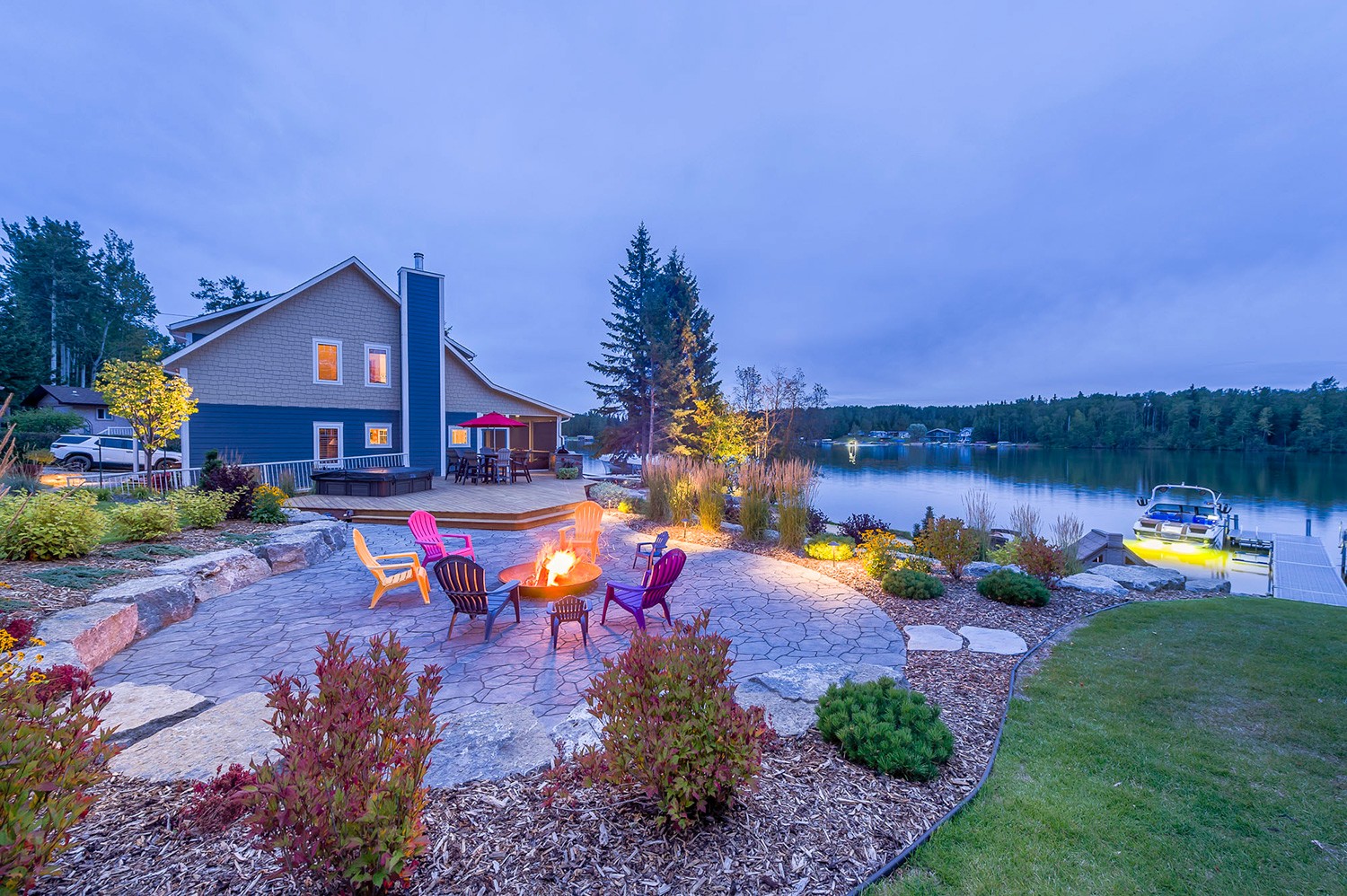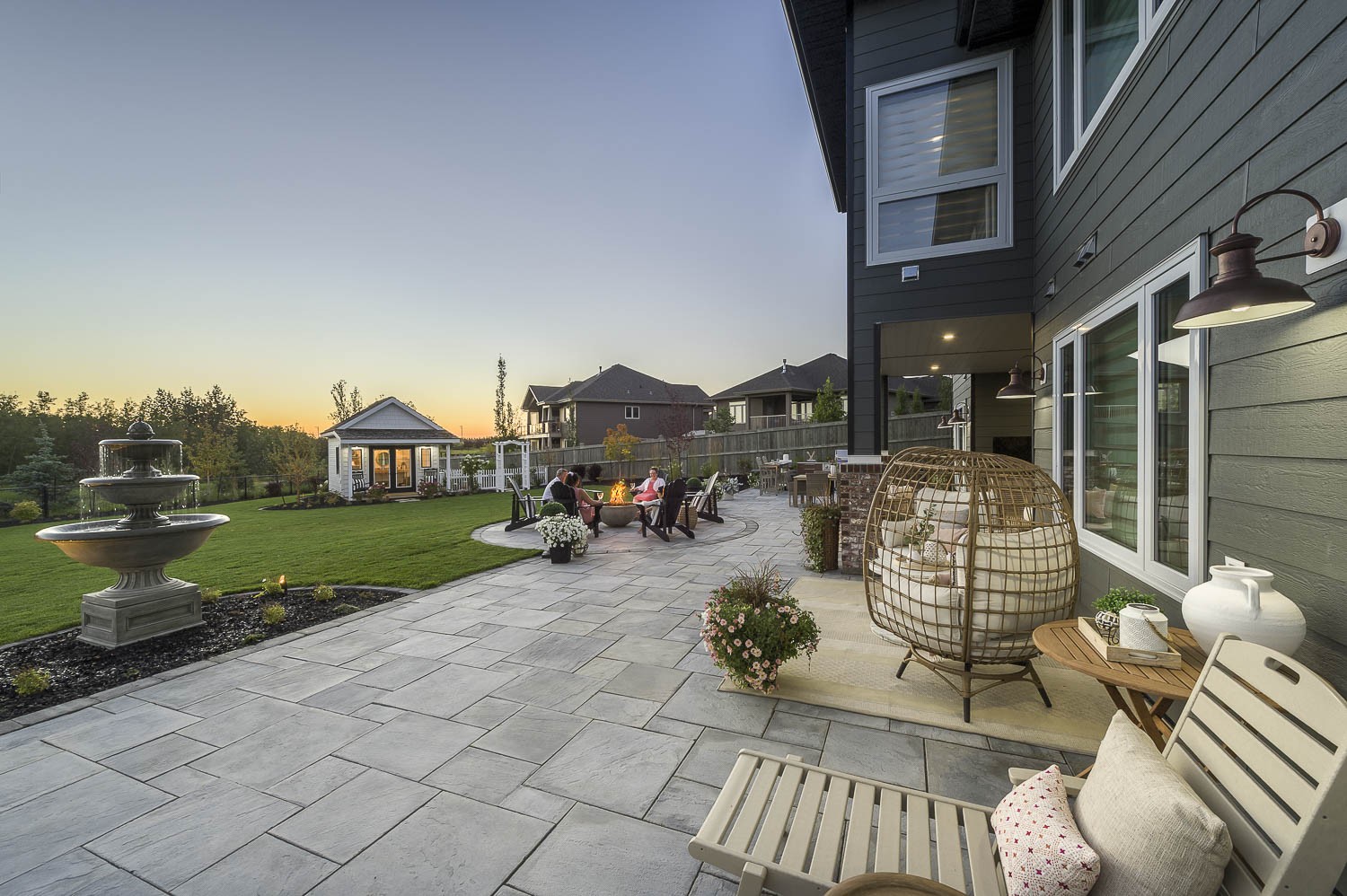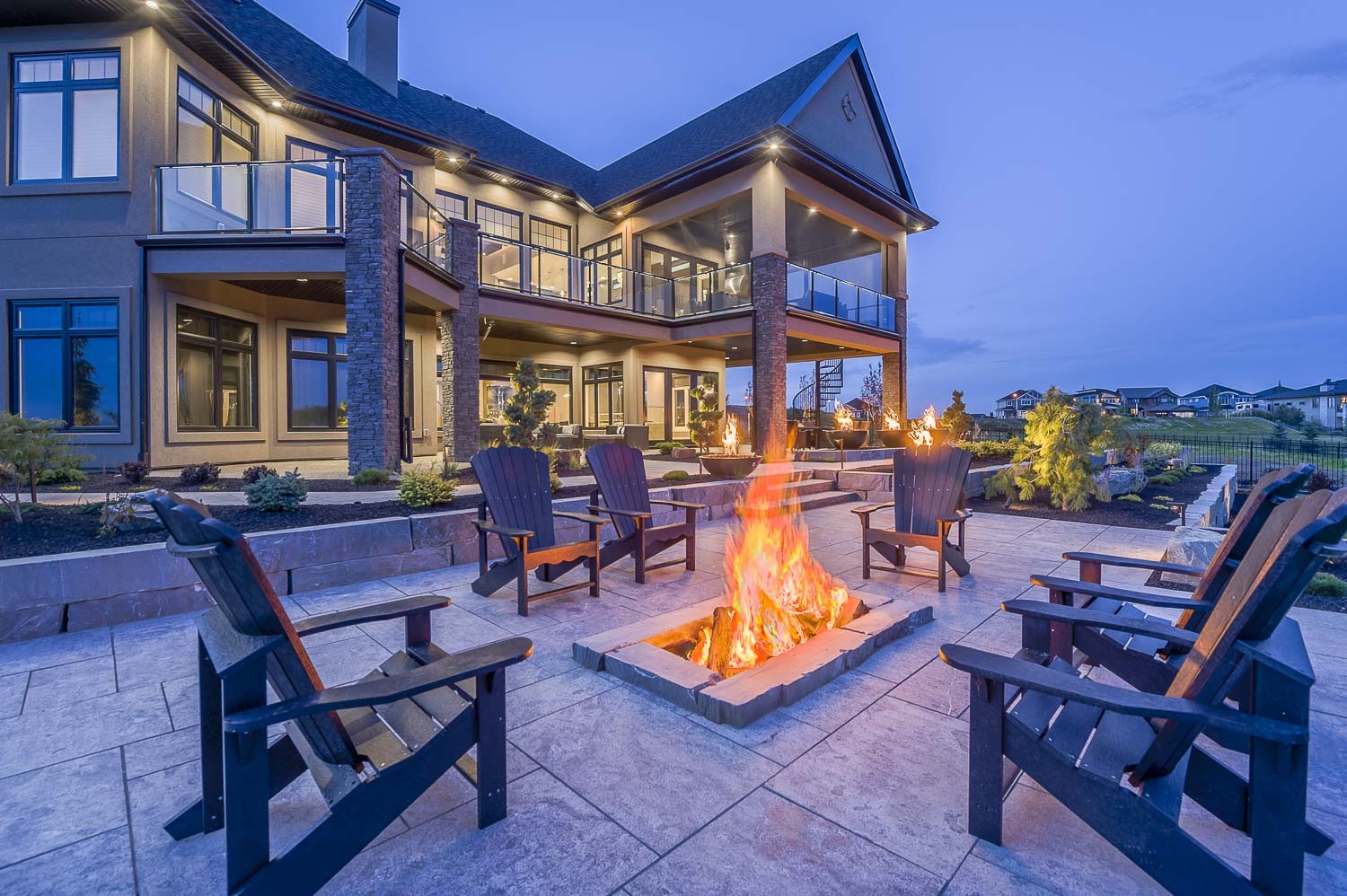Blog
How to Update an Old Landscape

Is your outdoor space feeling outdated and in need of a refresh? Are you looking to breathe new life into your landscape but don't know where to start? Look no further! In this blog post, we will guide you through the process of updating an old landscape to create a fresh and inviting outdoor oasis. From choosing the right plants and materials to implementing design techniques that will enhance curb appeal, get ready to transform your yard into a stunning masterpiece. Let's roll up our sleeves and get started on revamping your outdated landscape!
Why updating an old landscape is important
Landscaping is an essential aspect of any outdoor space, whether it be a backyard, front yard, or even a commercial property. A well-designed and maintained landscape not only enhances the aesthetic appeal of a property but also adds value to it. However, over time, landscapes can become outdated and start to lose their charm. This is why updating an old landscape is crucial.
There are several reasons why updating an old landscape is important. In this section, we will discuss the significance of giving your landscape a makeover.
1. Boosts Curb Appeal: An outdated and neglected landscape can make your entire property look uninviting and dull. On the other hand, an updated landscape with fresh plants, vibrant flowers, and neatly trimmed lawns can significantly enhance curb appeal and make your property stand out in the neighborhood.
2. Increases Property Value: If you are planning to sell your home in the future, investing in updating your old landscape can fetch you higher returns on investment. Potential buyers are more likely to be attracted to a house with an updated and visually appealing outdoor space.
3. Improves Functionality: Over time, the needs and lifestyle of homeowners change. Updating an old landscape gives you the opportunity to rethink its design and functionality according to your present needs.
4. Prevents Damage: An outdated landscape that has not been cared for properly may have underlying issues such as erosion or improper drainage that could lead to damage over time if left unaddressed. Updating your old landscape allows you to identify these potential problems early on.
5. Incorporates Sustainable Practices: With the increasing awareness about environmental conservation, updating an old landscape is an opportunity to incorporate sustainable practices. This could include using drought-resistant plants, installing rainwater harvesting system, or adding native plants to attract pollinators.
Assessing the current landscape
The first thing to look for when assessing your landscape is the overall design and layout. Take a step back and evaluate if the current design is functional and visually appealing. Consider if there are any areas that seem crowded or underutilized, and think about how you can improve the flow of your outdoor space.
Next, take note of any existing plants, trees, and shrubs in your landscape. Are they healthy and thriving? Or do they need to be replaced due to disease or damage? Consider their placement as well – are they strategically placed for optimal growth and aesthetics?
In addition to the plants themselves, pay attention to their surroundings. Are there any issues with drainage or irrigation? Poor drainage can lead to standing water which can cause damage to plants and attract mosquitoes. On the other hand, inadequate irrigation can result in dry patches or dead plants.
Consider any safety concerns on your property such as uneven walkways or overgrown branches near power lines. These issues should be addressed before moving forward with any updates in order to ensure a safe environment for yourself and others.

Renovation ideas for an outdated landscape
Updating an old landscape can seem like a daunting task, but with the right renovation ideas, it can transform into a beautiful and modern outdoor space. Here are some top renovation ideas to consider for an outdated landscape:
- Adding new plants and flowers
When choosing new plants and flowers for your landscape, make sure to select ones that are suitable for your climate zone. You can find this information by looking at the USDA Plant Hardiness Zone Map or consulting with a local nursery or garden center. Choosing native plants is also recommended as they are more likely to thrive in their natural environment.
Incorporating a variety of plant types is key in creating visual interest in your landscape. Mix different colors, sizes, textures, and shapes for a well-balanced look. Also consider using seasonal blooming plants so that there is always something new flowering throughout the year.
Don't limit yourself to just planting in the ground - think outside the box! Hanging baskets, window boxes, containers, and raised beds are all great options for adding greenery to your landscape without digging up existing areas. They also provide flexibility as they can be moved around if needed.
- Incorporating outdoor lighting
The first step in incorporating outdoor lighting is to assess your current landscape. Take note of any existing light fixtures, as well as areas that could benefit from additional lighting. This could include walkways, garden beds, trees, or focal points such as water features or statues.
Once you have identified the areas that need lighting, consider the type of lights you want to use. There are various types available including LED lights, solar-powered lights, and traditional low-voltage options. LED lights are energy-efficient and long-lasting while solar-powered lights are eco-friendly and require no wiring. Traditional low-voltage options provide a softer glow but may require professional installation.
Next, think about the purpose of each light fixture. Walkway lights should provide enough illumination for safe navigation while accent lights should highlight specific features or plants in your landscape. Choose the appropriate brightness level for each area to create balance within your overall design.
In addition to functional lighting, consider incorporating decorative elements such as string lights or lanterns to enhance the aesthetic appeal of your landscape at night. These can be hung from trees or pergolas for a cozy ambiance or used as table centerpieces for al fresco dining.
- Creating a focal point or feature
Before making any decisions, take some time to assess your landscape and identify areas that could benefit from a focal point or feature. This could be an empty corner that needs some attention or a large open space that feels too bare. By identifying these areas, you can strategically place your chosen feature to make the most impact.
Once you have chosen your focal point or feature, it's important to consider its placement within your landscape. You want it to be visible from different angles and points in your yard so that it can truly serve as the center of attention. Additionally, consider how it fits into the overall design of your landscape - does it complement existing elements or create an interesting contrast?
Another aspect to keep in mind is the size and scale of your chosen feature. A small garden statue may get lost in a large open space while an oversized water fountain may overwhelm a smaller yard. Make sure that the size is appropriate for the space and complements other elements around it.
- Building functional outdoor spaces
The first step in building functional outdoor spaces is to assess your available space and determine the purpose of the area. Consider your lifestyle and how you envision using this space. Do you need a large open area for hosting parties, or do you prefer a cozy nook for reading? Understanding these factors will help determine the size and layout of your patio or deck.
Once you have determined the purpose and size of your outdoor space, it's time to choose materials that will complement your existing landscape while also being durable and low-maintenance. Popular options include wood decking, concrete pavers, natural stone, or composite materials. Each has its own unique aesthetic appeal and benefits; for example, wood decking provides a traditional look while natural stone offers a more rustic feel.
Next comes designing the layout of your patio or deck. This step involves creating a rough sketch on paper or using software tools to visualize how everything will fit together. Don't forget to leave enough room for furniture placement and walkways between different areas.
When it's time for construction, hiring professionals may be necessary if you lack experience in building structures like decks or patios. Professionals can ensure that everything is built according to code requirements while also providing expert advice on design and materials.
- Updating hardscaping elements
For pathways made from concrete or pavers, power washing is an excellent way to remove dirt and grime build-up. It will also brighten up the color of the surface and make it look new again. If there are any cracks present in the pathway surface, they must be filled with a high-quality sealant designed for outdoor use.
Retaining walls often suffer from water damage due to poor drainage systems or heavy rainfall. In such cases, it's crucial to address this issue before making any aesthetic updates. Ensure that proper drainage systems are in place by adding drain pipes behind the wall if necessary.
To update a retaining wall's appearance, consider giving it a fresh coat of paint using exterior masonry paint in a color that complements your landscape design scheme. You can also enhance its visual appeal by adding climbing plants like ivy or jasmine along its length.
Another way to update hardscaping elements is by incorporating lighting features into them. This not only adds an element of safety but also creates a beautiful ambiance in your outdoor space. You can opt for solar-powered lights that are easy to install and require no wiring.
To summarize, updating an old landscape can seem like a daunting task but with the right approach, it can be a fun and rewarding project. By following these tips - assessing the current landscape, identifying problem areas, creating a plan, considering budget and time constraints, choosing suitable plants and materials, adding personal touches, and seeking professional help when needed - you can transform your outdated outdoor space into a beautiful oasis that reflects your unique style. Don't be afraid to get creative and have fun with it! With some effort and patience, you'll have a refreshed that you can enjoy for years to come.


